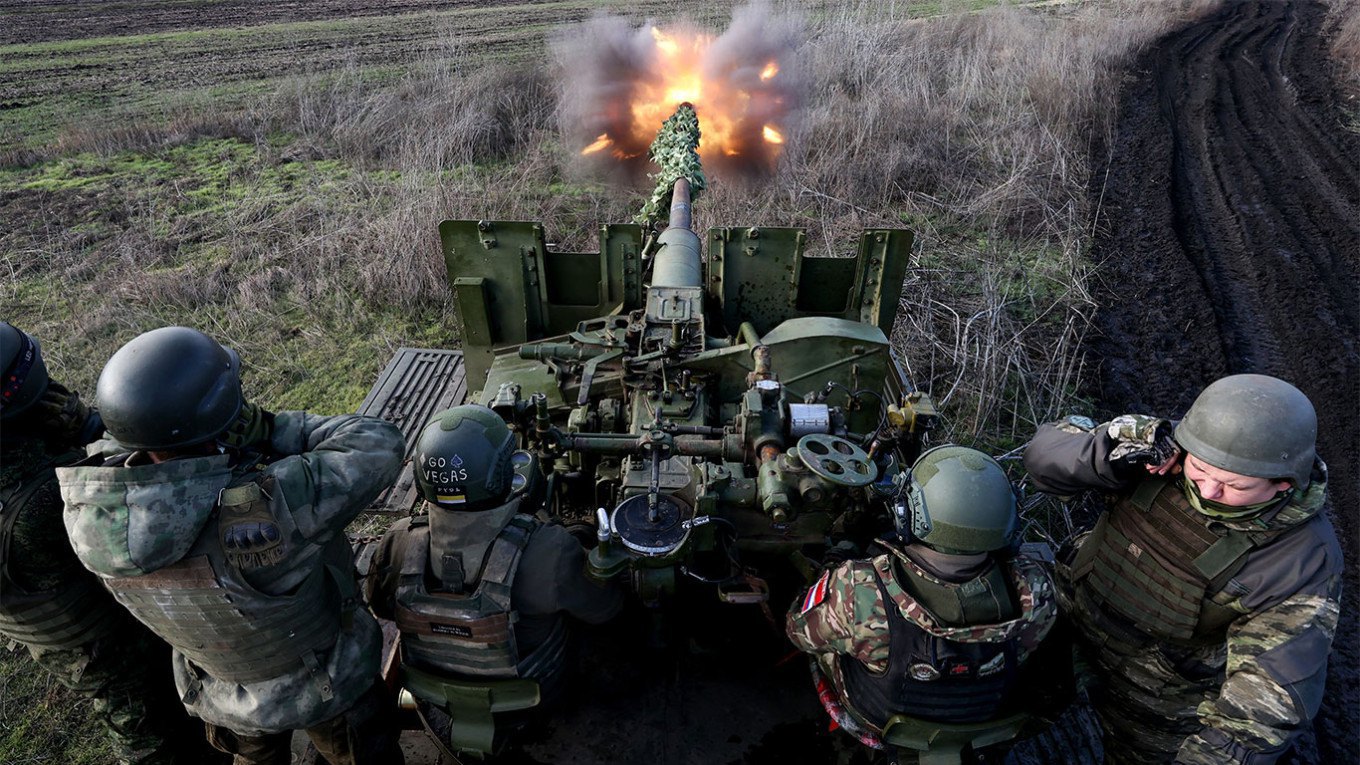
And if Ukraine and the EU are producing and buying drones like hot cakes, then logically, the enemy will eventually have special units born out of palliative care in the drone era.
And then the industry will provide them not with a golf club buggy, but with some kind of low-profile machine that can be faster than the pilots' reaction.
And not a sports pump, but something with a drum and buckshot in containers. And underneath it all, there's a net as a last-ditch effort to throw it at the FPV from a distance of five metres and confuse the propellers.
But they will look for an answer to the impact. From above and below.
It has always been like this before us, and it will be like this after us.
In the war in the Pacific, Japan had an elite naval aviation with ace pilots and the world's largest heavy aircraft carriers, the ‘soaring cranes’.
And this elite aviation was being broken down from the top, with inexpensive escort aircraft carriers and mediocre pilots with basic ‘firmware’.
A complex programme from the top, with the whole country on edge, rationing and women's labour, with standards for petrol and tyres.
But there were months when several escort aircraft carriers were launched at once - of the 155 aircraft carriers launched by the United States in World War II, 122 were small escorts.
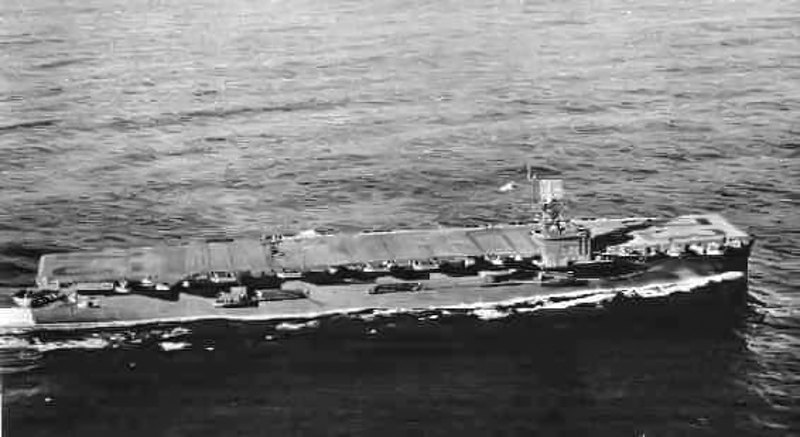
Yes, the Americans shot down Japanese ace pilots less frequently and incurred higher costs, but through an accelerated training programme and industrial power, they wore the Japanese down to a ‘turkey hunt’. The battles in the Philippine Sea, when the Americans were already superior to the Japanese in both flying skills and numbers, so the Imperial deck aircraft were shot down by the dozens. Germany had a mass of short-range fighters to counter strategic bombing, but they were broken by the number of firing points, the density of aircraft and fire, and the home-made Fortress formation control machines.
‘From below’ (the pilots wanted to live), they increased the calibre of machine guns to 12.7 (the first models were 7.62), mounted additional armour, and pushed the services to install electric drives, fused barrels, and “compensatory” sights.
‘From above’ - night sorties and suspended tanks for escort fighters, total bombardment of cities, where everything was demolished, including historical centres, and interceptors.
And further back in time. Experts who solved the problem of tunnels in Vietnam, boarding of sailing ships, and the issue of mines under the walls.
It is the same now.
Logistics - roads are centrally netted, drones, motorbikes or buggies with mines are supplied.
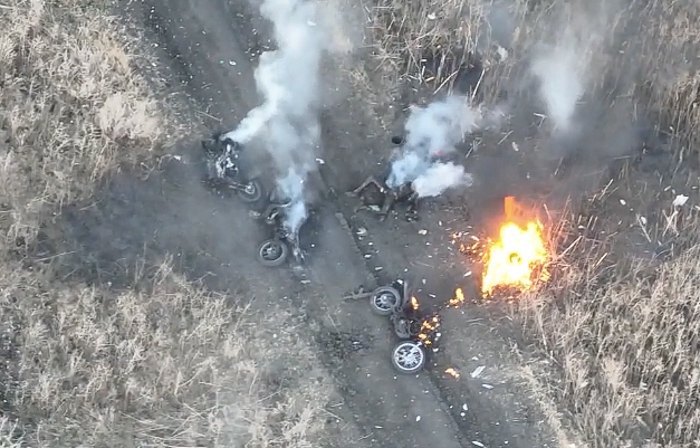
But it's not just a joke, biorobots are in service in Russia. They cut their own necks with a knife when threatened with capture, carry shots to a grenade launcher with a limp.
Russia is killing prisoners, malicious non-payers of alimony, those who have been threatened with a prison term or lured with money for a contract.
Somewhere they killed a porter, and somewhere he brought grenades and knapsack charges, and the Russians killed a well-dug dug-in, with the right curve, anti-shrapnel wall and netting, and blew up the dug-in with explosives.
First, we hopped on disposable buggies with assault backpacks and got a foothold, and then crippled delivered the right type of ammunition, anti-bunker or just plain ammunition.
It doesn't matter - it's just a tactical opportunity to act in new conditions. Sometimes it works, and sometimes it doesn't.
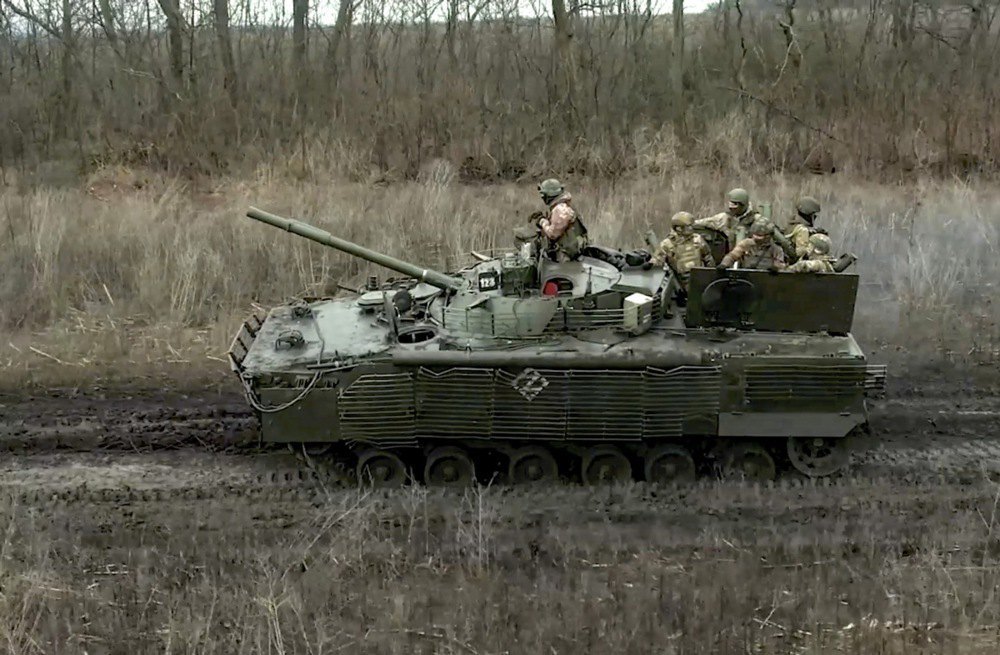
Or those who climb into a gas pipeline and make undermining digs with explosions in Avdiyivka. Mine warfare underground is also an attempt to respond to the dominance of drones, satellites and camera eyes.
Yes, toxic lung damage, now they know that you need a closed system and oxygen before you go into the pipe. And even the Russians themselves don't care about the injured and dead.
Or those attack aircraft flying on motorbikes, not all of them are disposable. They are not really attack aircraft at all, but rather logistics at the last kilometre and the ability to increase the number of troops at the right time.
Or shed tanks. They were originally invented as fire cover.
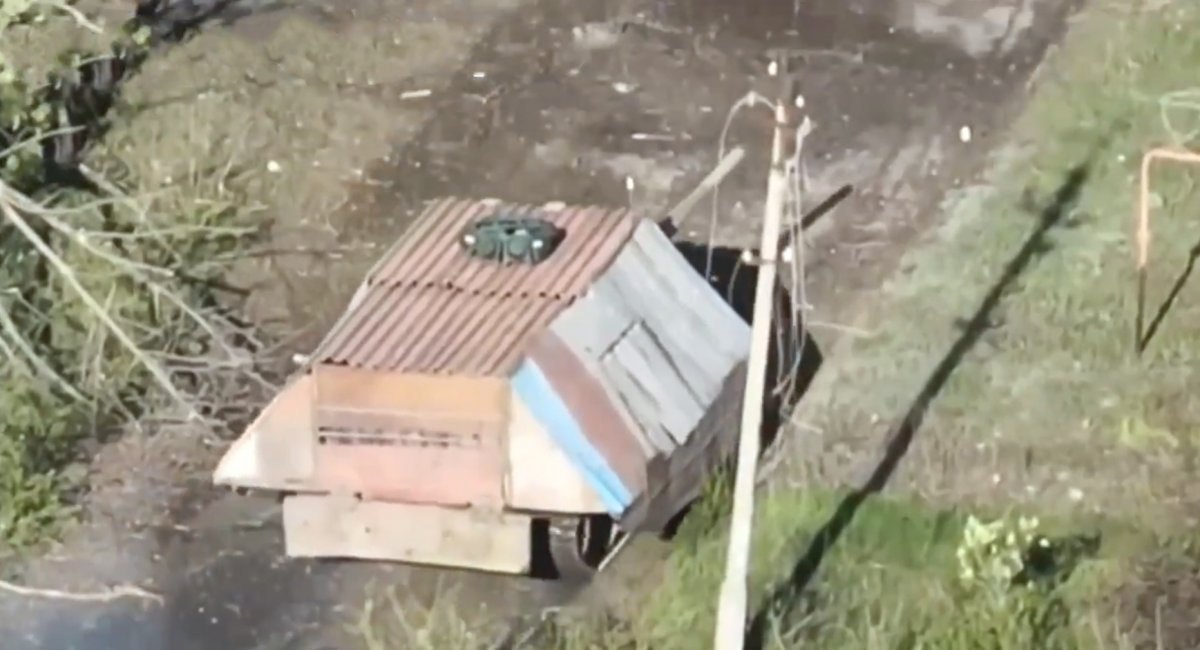
That was an airborne vehicle at maximum settings.
Now it's just a distribution of electronic warfare and the paratroopers are loaded with a pump, machine gun and electronic warfare backpacks.
They are hunting for pilots with Krasnopoly and KAB, but the Russians can also use a cluster Iskander. Plus, there are RTR units that look for radiation and characteristic radio communication, and then send the drone there via fibre optics, for a free hunt.
And we can go, for example, to Harris text chats or put remote antennas away from dugouts.
In short, you get the idea. Rock, paper, scissors, and then a well in the yard, a dog in a kennel, and all this on the go, inventing rules that don't exist now.
A three-dimensional battlefield, with a shortage of men, ammunition, and classical weapons, but with commercial drones, buggies that circle defence nodes, motorcycles and supply mules, with porters, including the wounded, with KABs and reconnaissance and strike systems.
And this is largely why Europe has begun to arm itself.
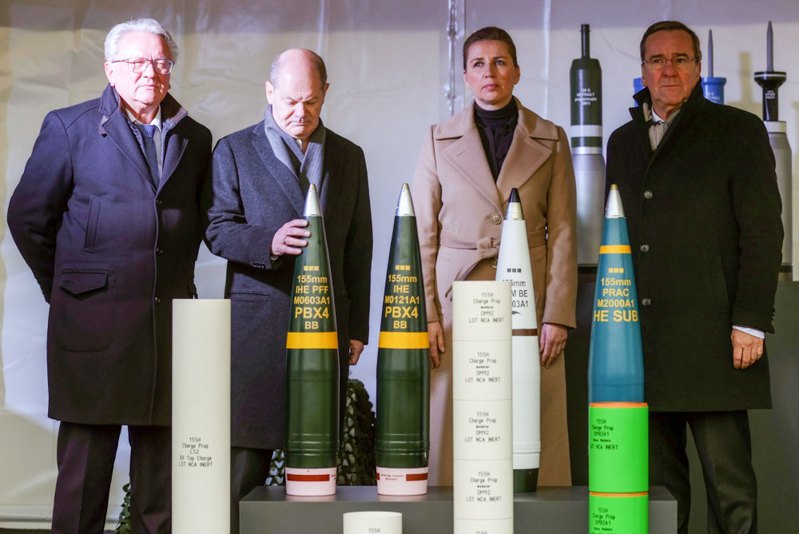
Kim will send more self-propelled artillery systems and a few thousand people if necessary. China will continue to send buggies, motorcycles, drone kits and machine tools through Kazakhstan by train.
And neither the blockade nor the sanctions will help in the coming months - raw materials and money will find their way through.
Yes, slowly and with heavy losses, and still the advancement and striking capabilities of tactical UAVs to a depth of thirty kilometres. But nothing is impossible if you really want it.
Moscow has a clear understanding: there is not much time until the EU industry catches up. Hence the transfer of tactical nuclear weapons to Belarus and the joint exercise there in autumn.
So we can't wait - as long as Moscow has experienced pilots, artillery and KAB, and the EU has only industry, without the backbone of experienced pilots and electronic warfare, the Russians can either try to re-enter Ukraine from the north or try to put pressure on the EU as our rear.
That's why they put the ‘tactical nuclear weapons’ chip on the field - so that no one would want to bombard with aircraft while they are amassing them somewhere near Minsk.
Europeans see the risk. Hence the compulsory service for women in Denmark starting next year, conscripts in Sweden, and discussions about the resumption of conscription in Germany. Hence the one division on high alert in early 2025 to operate on the eastern flank of the EU and NATO from Germany and the increase in the number of bayonets by another 30,000 troops on standby.
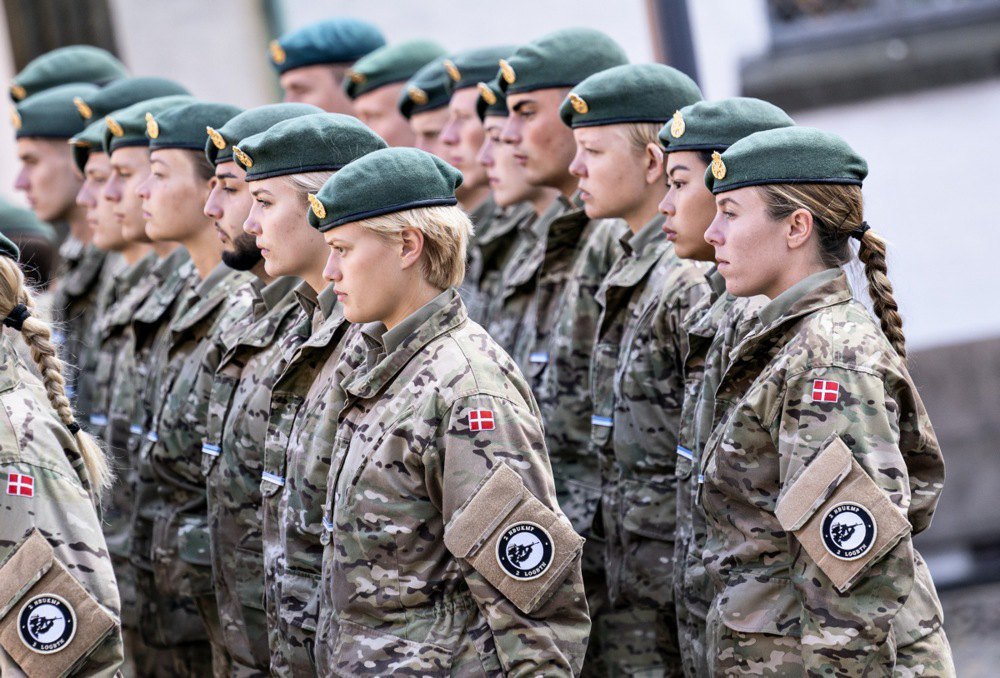
The millstones of war are grinding, and everything does not smell like an imminent peace. It smells like it has twice in the last century in Europe.







